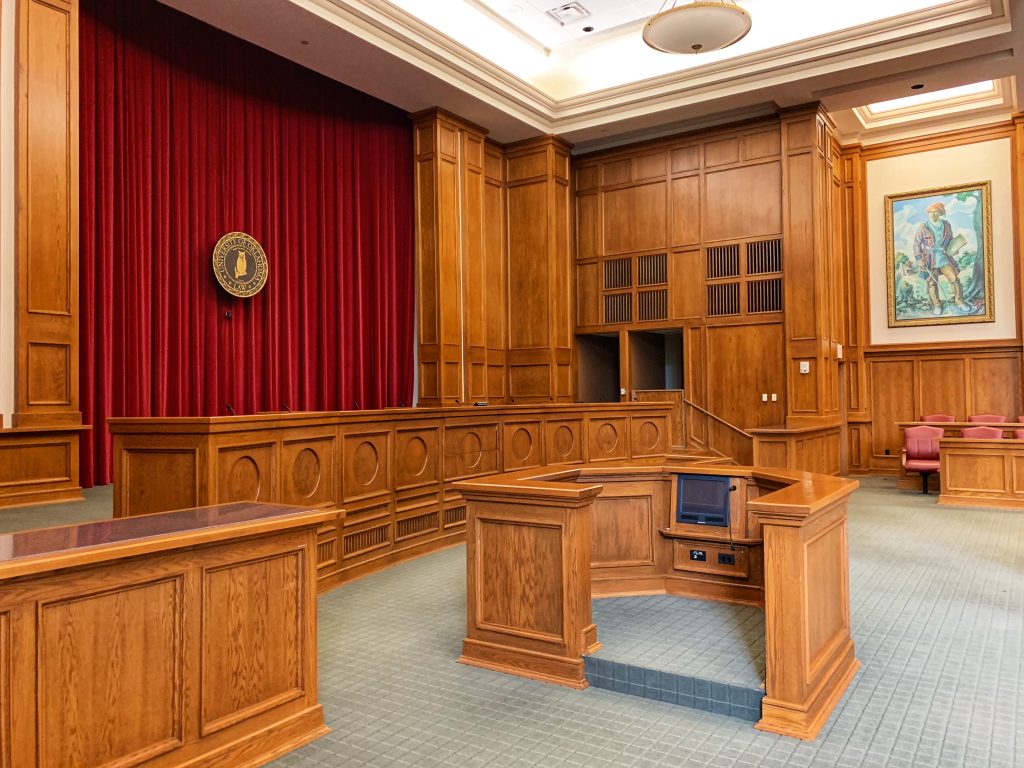
23 Aug Overcharging Another Way For Prosecutors To Assert Power
In the United States criminal justice system, prosecutors have enormous power. They decide what gets charged, what charges to bring, what plea deals to offer, what cases to take to trial and what sentences to seek. This power, often described as prosecutorial discretion, is significant. If used in the wrong way— be it a racially discriminatory way, a personally vengeful way or maybe something else—this power can thwart the entire purpose of the justice system: justice. Yet prosecutors misuse this power on a daily basis. One of the most common ways prosecutors do so is by overcharging defendants.
Prosecutors overcharge to put themselves in a better position during plea bargaining.
The practice of overcharging by prosecutors is straightforward. Prosecutors charge a defendant with one crime but add additional charges that they are not as confident about as well. Because of the other charges, even if they will ultimately fail, prosecutors are in a better position for plea bargaining. Had they just charged you with the original crime, you may well not plead guilty. But if they charge you with the original crime plus two or three others, pleading guilty to that original charge in exchange for dismissal of the added-on charges sounds like a good deal. Because so many of these overcharged cases often end in plea deals, prosecutors never have to prove and courts never have to address the added-on charges. This practice is known as horizontal overcharging.
There is also vertical overcharging. Vertical overcharging occurs when a prosecutor believes you committed one crime but charges you with another more-serious crime instead. A simple example involves murder and manslaughter. Murder usually requires malice or premeditation; manslaughter, on the other hand, does not. But even if there isn’t any evidence that you planned or intended to murder someone, prosecutors may still charge you with murder. That way, it’s more likely that you’ll plead guilty to manslaughter as part of a plea deal. Had they originally charged you with manslaughter instead, a plea deal might involve assault with intent to murder or cause great bodily harm. While still serious, those assault charges pale in comparison to a manslaughter conviction.
Hypothetical examples of prosecutors overcharging seem bad enough.
There are simple, hypothetical examples of overcharging that demonstrate how power can be abused. Let’s imagine you’re accused of taking a candy bar from a gas station in New York. Under New York law, prosecutors charge shoplifters with petit larceny under N.Y.P.L. § 155.25. That statutory provision is straightforward: “A person is guilty of petit larceny when he steals property.” Because, as the statute states, “[p]etit larceny is a class A misdemeanor,” you could face up to one year in jail. However, in many cases, depending on your record, you might not face any jail time at all.
But New York prosecutors don’t just charge shoplifters with petit larceny. They also charge people shoplifters with criminal possession of stolen property in the fifth degree under N.Y.P.L. § 165.40. That statute makes it illegal for someone to “knowingly possess[] stolen property, with intent to benefit himself or a person other than an owner thereof or to impede the recovery by an owner thereof.” Like petit larceny, criminal possession of stolen property in the fifth degree is a class A misdemeanor that comes with the maximum of a one-year jail sentence. Depending on the circumstances of the case, this added charge could double your sentence.

Real life examples of prosecutors overcharging are even worse.
Hypothetical examples show how this practice could go awry; real-life examples show how it already has. Consider this story about the parents of Jia Tolentino as an example. First, let’s start with a disclaimer. This story is a controversial one. So let’s ignore who’s right and who’s wrong, and let’s just consider the cost of the prosecution’s tactics in that case by themselves.
Federal prosecutors charged Tolentino’s parents with 40 serious criminal charges, including alien smuggling, money laundering and defrauding the government. Had a jury found Tolentino’s parents guilty as charged, the judge could have sentenced them to hundreds of years in prison. According to the government, this was a case about human trafficking. According to the family, it was a scenario where a Filipino-Canadian family was helping Filipino families move to the U.S. for a better opportunity.
Which version of events did the jury agree with? Neither. A jury never even considered the case. Instead, as trial lawyer Max Kennerly explained on Twitter last year, the judge blew the case up during trial and declared a mistrial. But, by the time the judge did so, the family’s financial situation had been crushed, leaving the parents with no choice but to turn to a court-appointed lawyer.
That lawyer convinced the parents to accept a plea deal. As part of the deal, the couple pleaded guilty to one of the low-level catch-all charges (conspiracy to defraud the United States). They were ultimately sentenced to probation. So the case, which started as a 40-count “alien smuggling” prosecution, ended with a probation sentence. Was it worth it?
Examples like these are growing more and more common as time goes by.
The case involving Tolentino’s family is an interesting once simply because of the 40-to-1 ratio. But even the examples with smaller ratios have a tendency to make you scratch your head. Consider this story from a year ago. Police in Pennsylvania arrested a 26-year-old man for flashing a laser into their department’s building. According to reporting at the time, the police said the man shined a green laser light into the building’s windows.
Perhaps unsurprisingly, police arrested him, and prosecutors charged him for his actions. That, by itself, isn’t unreasonable. Before you read the next paragraph, though, take a guess at what prosecutors charged him with? Maybe some sort of trespassing? Or maybe some sort of obstruction? Maybe even some sort of assault-with-intent crime if you’re creative enough?
Prosecutors charged the man with six counts of aggravated assault. On top of those six felony charges, they charged him with two counts of obstructing the administration of law or other government functions, one count of riot, one count of resisting arrest and two counts of possessing instruments of a crime. For pointing a laser into a window, prosecutors charged a man with 12 crimes, half of which were aggravated assault.
To prove the aggravated-assault charge under Pennsylvania law, prosecutors likely would have had to show that the man attempted to cause or intentionally or knowingly caused bodily injury to the officers. Had the “victims” of the laser-pointing not been police officers, the prosecutor would have had to show that he attempted to cause a seriously bodily injury “or cause[d] such injury intentionally, knowingly or recklessly under circumstances manifesting extreme indifference to the value of human life.”

There’s a big difference between a “throw ’em up against the wall and see which ones stick” system and a justice system.
What was the point of charging Tolentino’s with 40 charges but eventually reach a plea deal on just one? What was the point of charging a man with 12 counts for pointing a laser? You don’t want to think that our criminal justice system has turned into a “throw ’em up against the wall and see which ones stick” system. But, with examples like these turning into the rule rather than the exception, it’s hard to reach any other conclusion.

